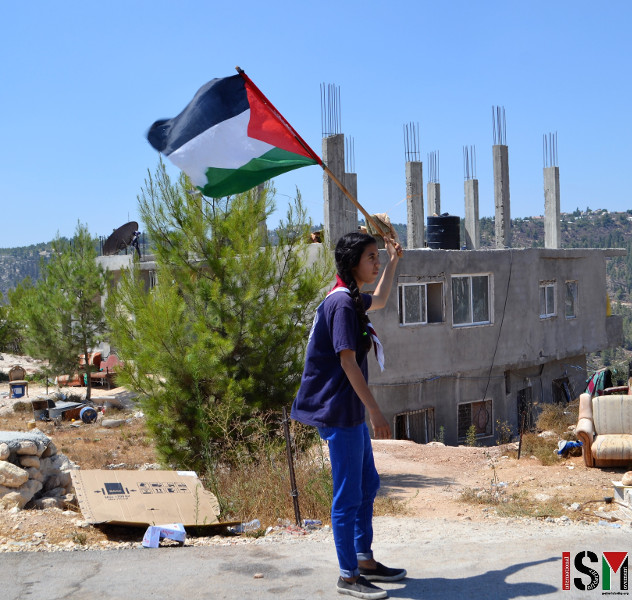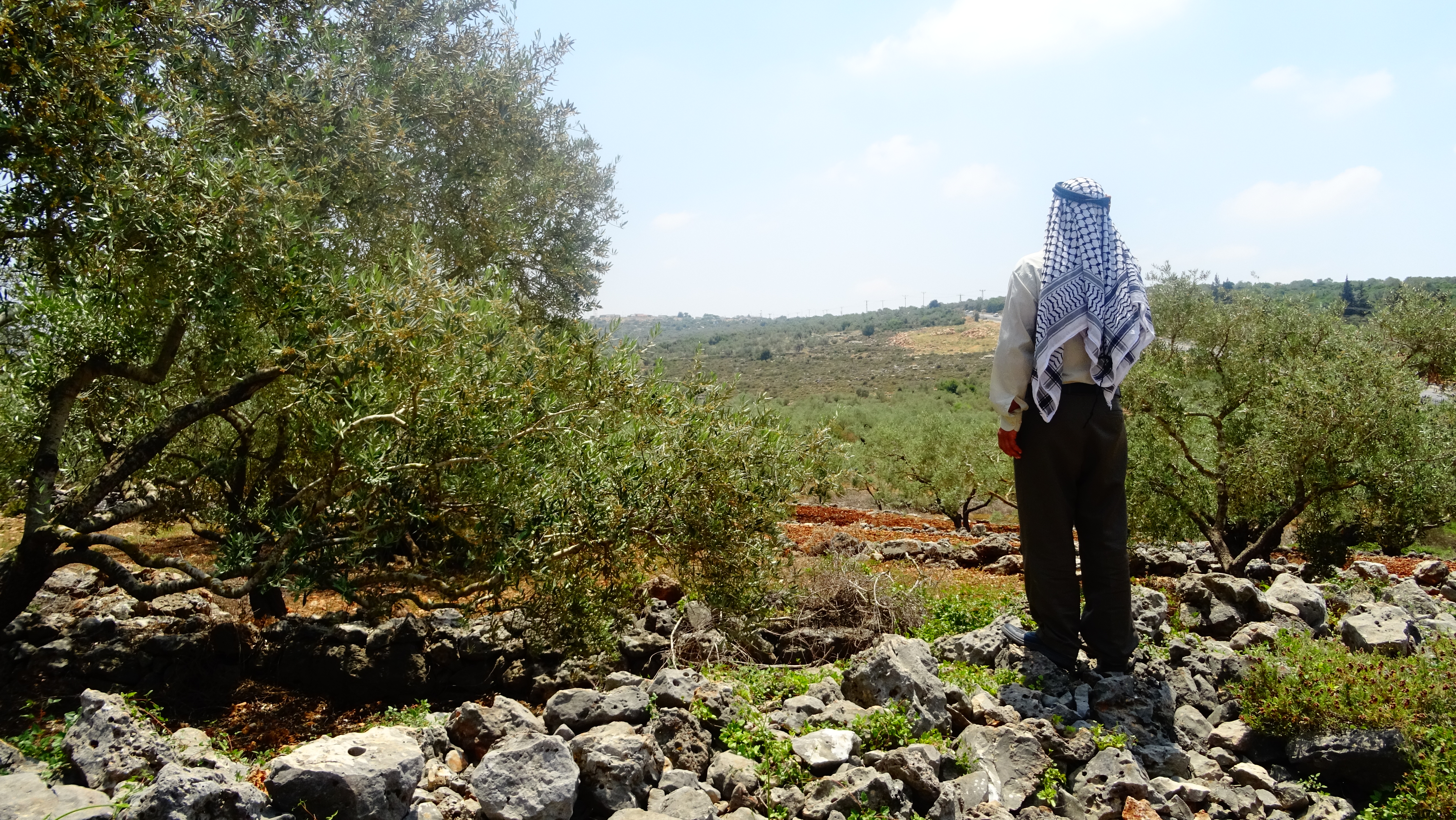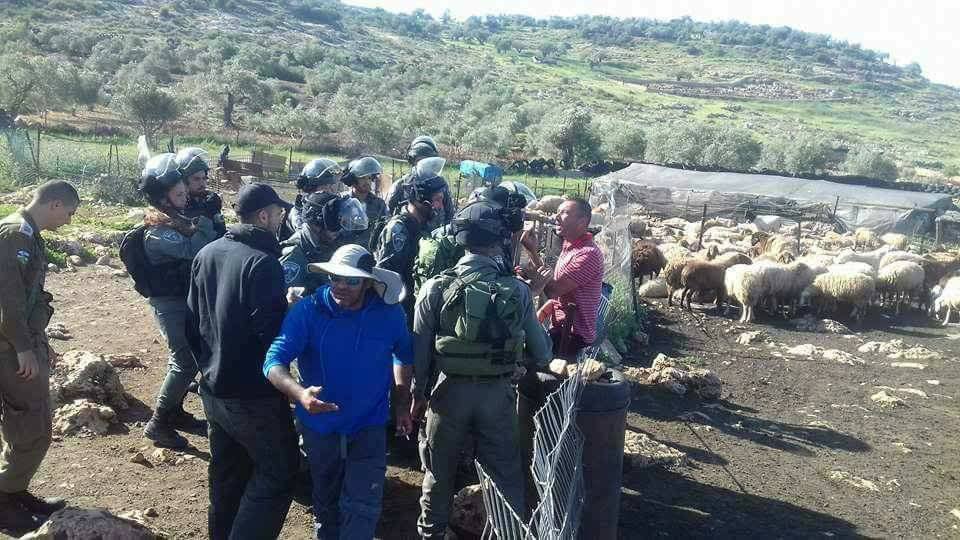Tag: Farmers
-

When buildings break bones
1st October 2017 | International Solidarity Movement, Nablus team | Urif, Einabus & Huwara, occupied Palestine It was a somber trip through the villages of Urif, Einabus, and Huwara yesterday. Their peripheries continue to be threatened by the illegal settlement of Yitzar, which sits strategically on a hill above them, allowing for fast and terrifying…
-

Protest against house demolition in al-Walaje
19th August 2017 | International Solidarity Movement | Al-Khalil team, Occupied Hebron Friday 18th of August, the villagers from al-Walaje, a village near Bethlehem, were peacefully protesting the demolition orders of 22 houses in their village. The residents received the demolition order last month. The Israeli forces want to demolish the houses in order to expand…
-

Palestinians denied passage for Friday prayer in Deir Istiya
6th May 2017 | International Solidarity Movement, Ramallah Team | Deir Istiya, occupied Palestine Yesterday, 5th May, for the second week in a row , a group of Palestinians gathered in the olive groves, just outside Deir Istiya, district of Salfit, for their Friday prayer. Before the prayer even started, a group of Israeli soldiers denied…
-
Jayyous lands again under threat
5th April 2017 | International Solidarity Movement, al-Khalil team | Hebron, occupied Palestine Residents from the West Bank village of Jayyous, east of Qalqilya, endured nightly raids by Israeli forces for a week straight in early April. Israeli occupation forces fired tear gas at resident’s homes, causing some villagers to be taken for treatment to…
-
Israeli forces demolish Palestinian farm in Abu al-Ra’eesh, west of Salfit
5th April 2017 | International Solidarity Movement, Ramallah team | Abu al-Ra’eesh, occupied Palestine On the morning of April 5, 2017, the Israeli occupation forces demolished residential tents and six sheep pens in the area of Abu al-Ra’eesh, southwest of Dirbolut, west of Salfit. The structures belonged to the Shheibar family and were located between the…


